Software samplers
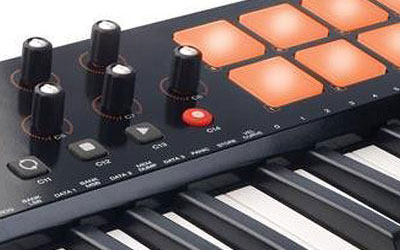
Lorem ipsum dolor sit amet, consectetur adipiscing elit. Mauris interdum non lorem vel pulvinar. Aenean volutpat libero vitae accumsan posuere. Etiam vel lorem eu lacus molestie ultrices. Nulla suscipit, velit id tempus lobortis, nunc diam suscipit urna, vitae sollicitudin orci mi sit amet metus. Donec molestie lectus eu elit pharetra sollicitudin. Donec laoreet et leo at iaculis. Nunc et sem id eros gravida ornare. Vestibulum quis ex nec lacus tincidunt lobortis. Vivamus nec suscipit sem, nec sagittis urna. Etiam feugiat lacus ut dui convallis fringilla. Integer tincidunt purus vel dapibus venenatis. Vivamus blandit mauris at massa aliquet, nec pretium ipsum iaculis. Donec scelerisque, magna sit amet pulvinar tincidunt, nunc massa dapibus eros, fermentum elementum metus massa quis eros. Class aptent taciti sociosqu ad litora torquent per conubia nostra, per inceptos himenaeos.
Aliquam vestibulum tempor dolor, at consectetur eros accumsan at. Mauris nec diam in libero sollicitudin elementum. Nam egestas, metus sit amet interdum aliquet, lorem quam maximus odio, vel imperdiet nulla enim quis tellus. Nam ullamcorper dignissim scelerisque. Mauris sit amet auctor augue. Aliquam auctor mi ut tincidunt bibendum. Suspendisse tincidunt, libero quis dignissim pellentesque, odio tortor scelerisque nisl, eu iaculis eros lorem nec lectus.

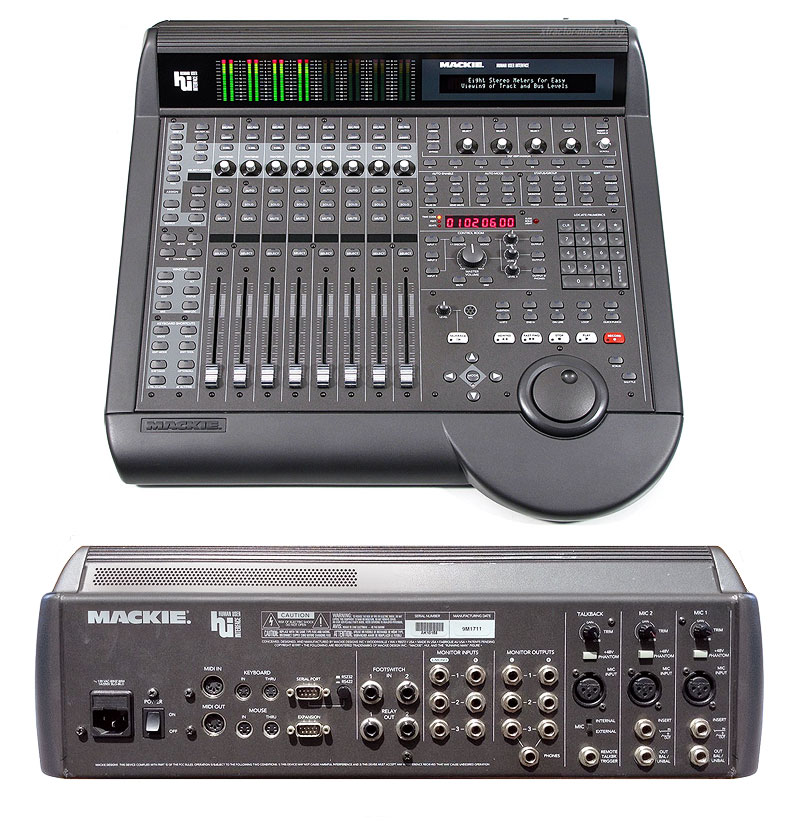
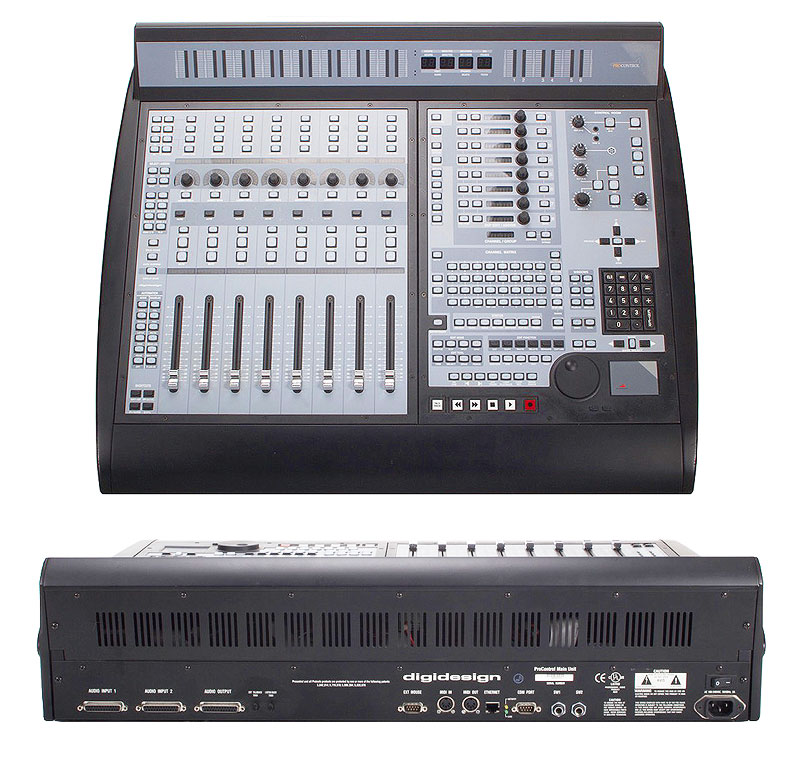
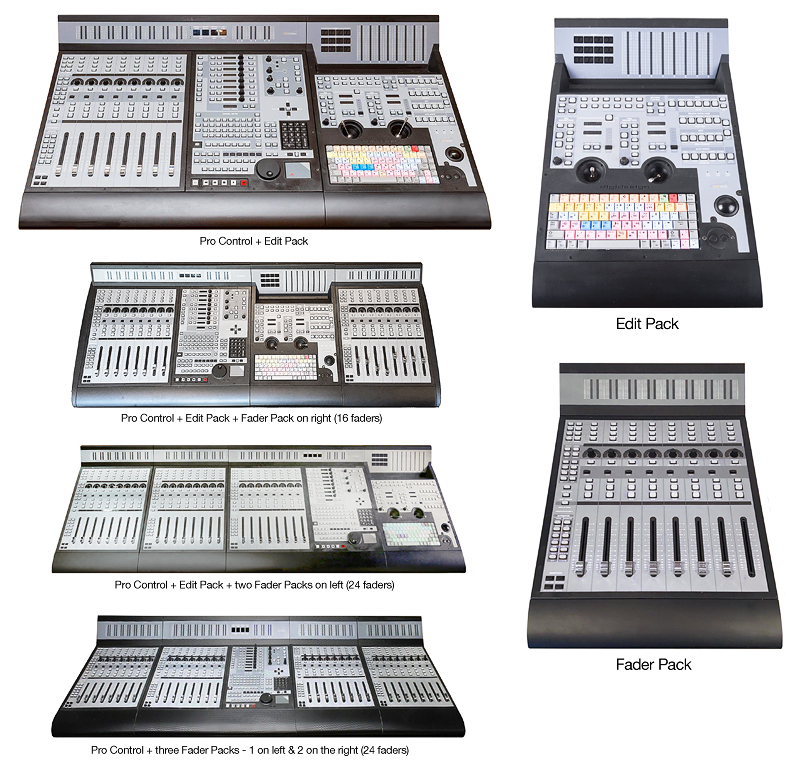
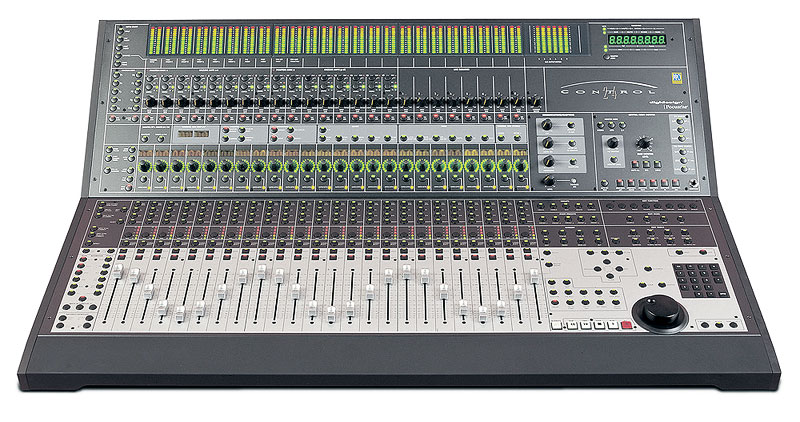
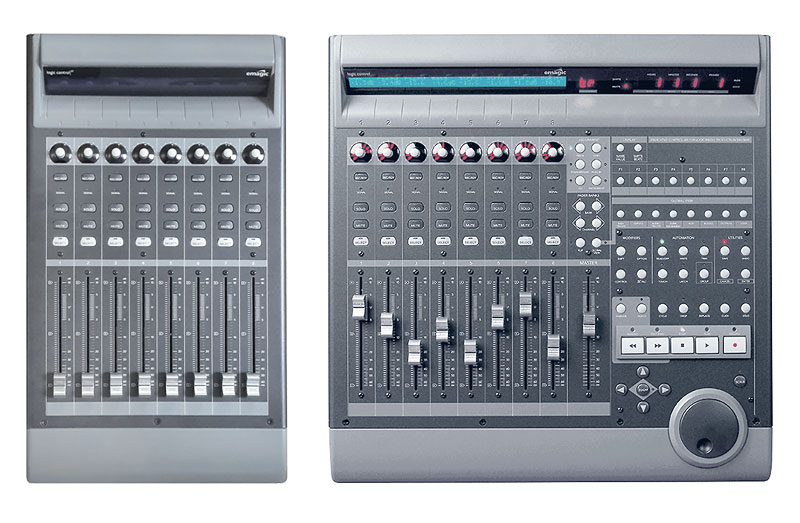
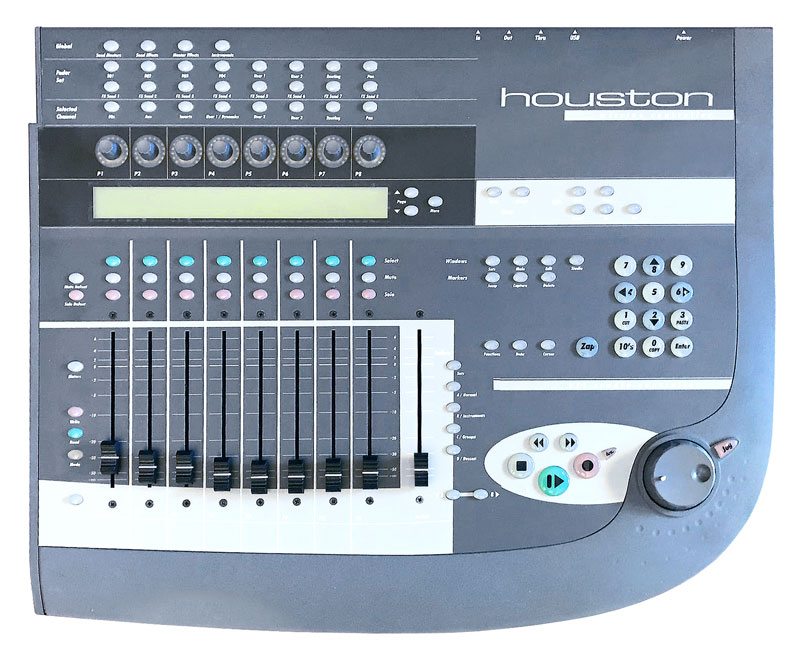
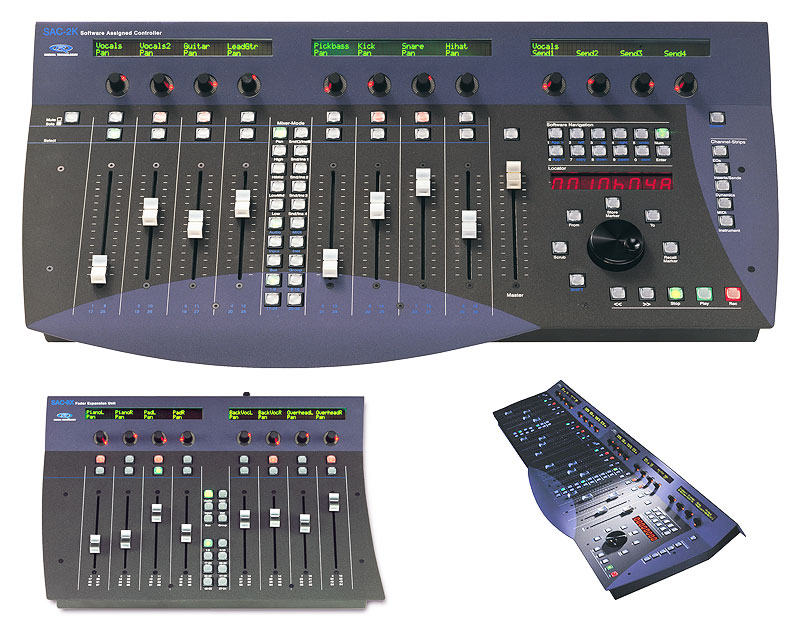
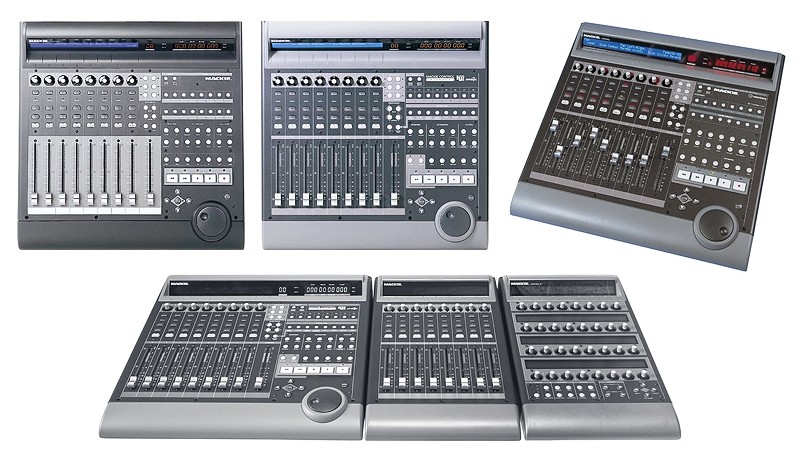
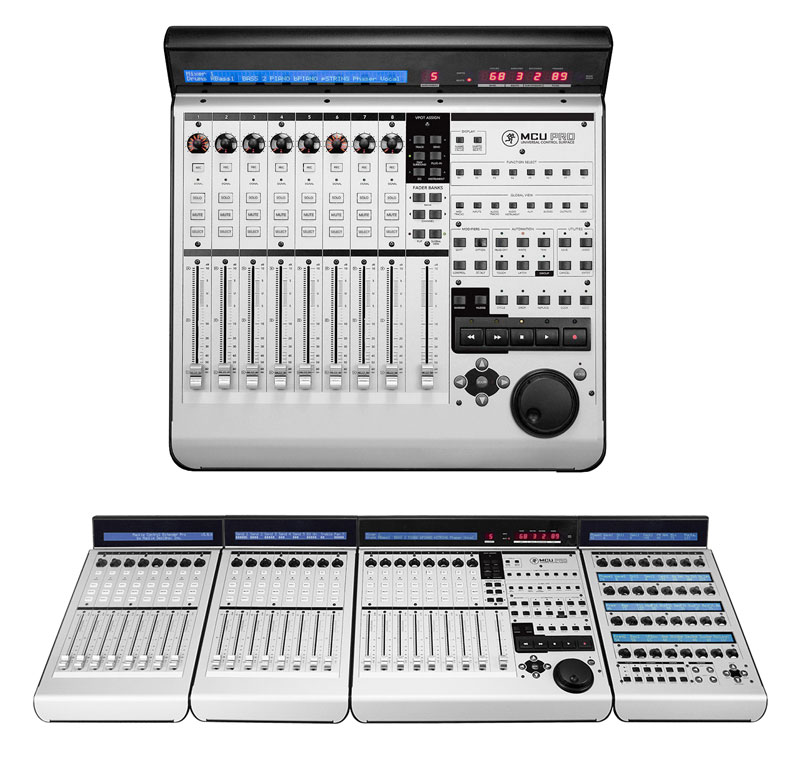
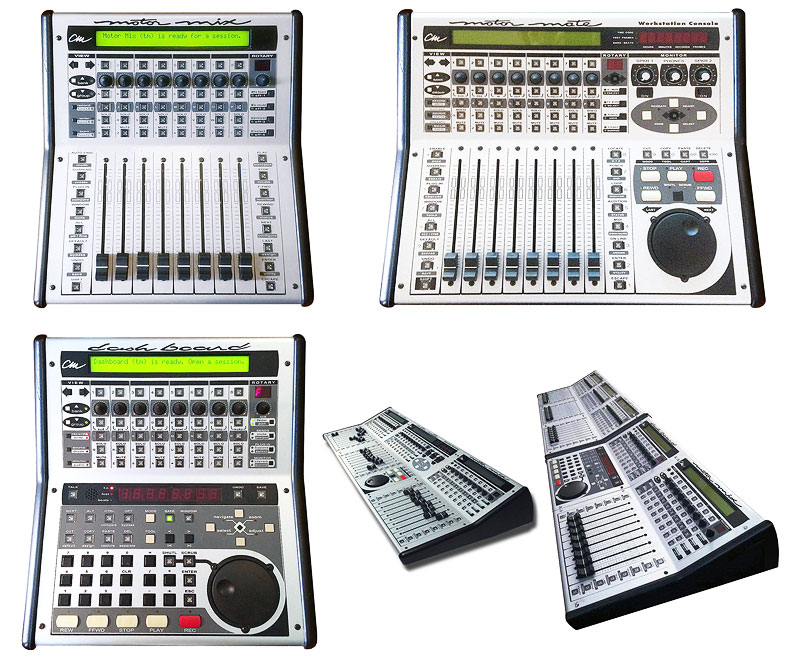
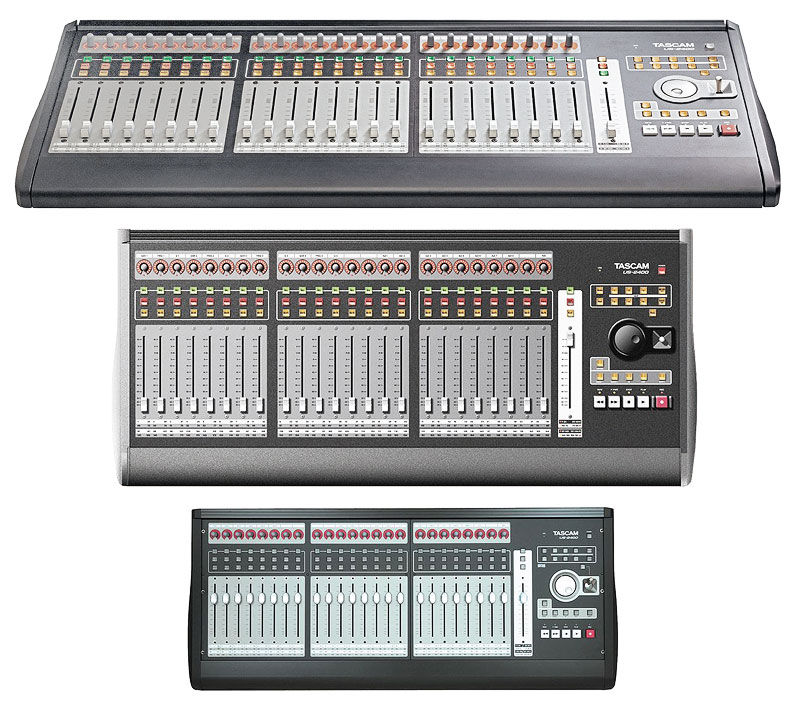
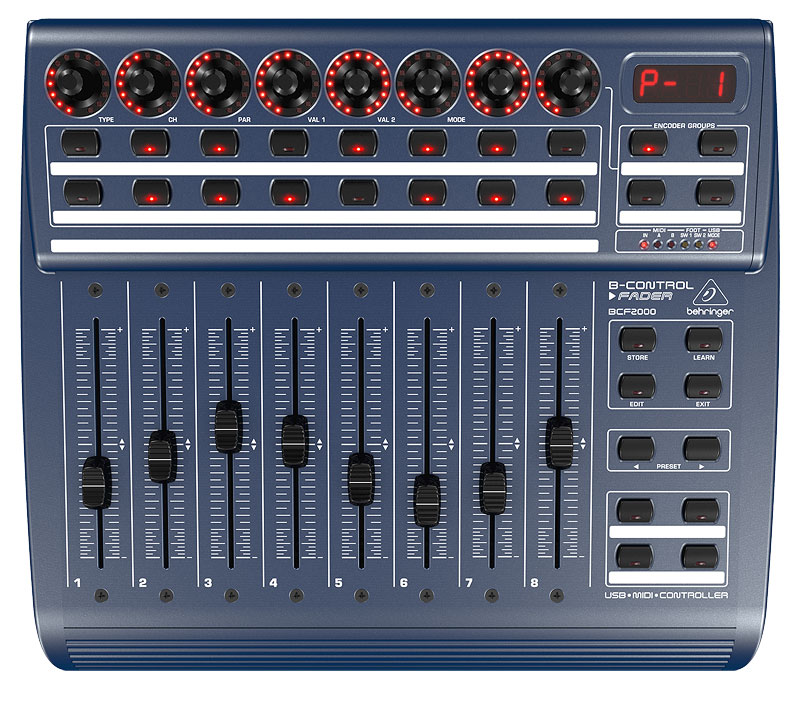
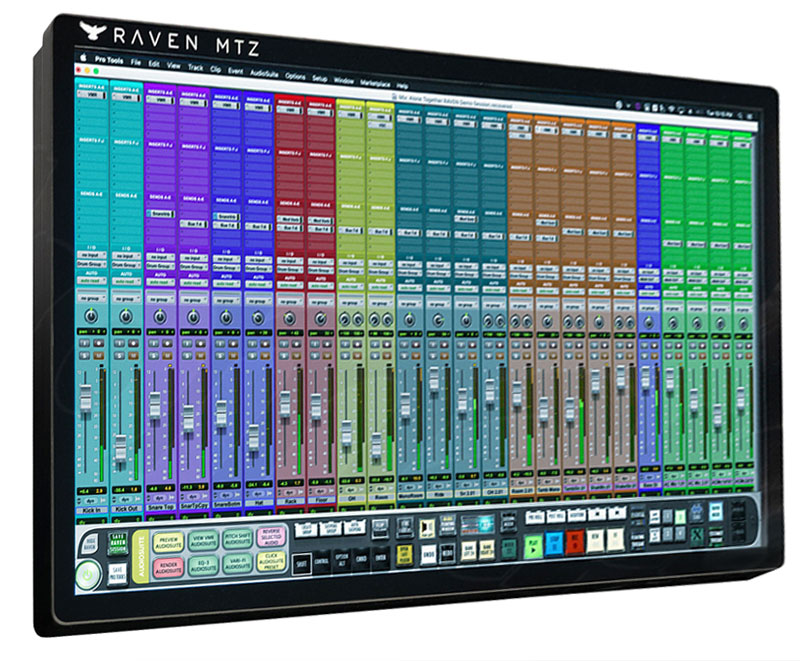


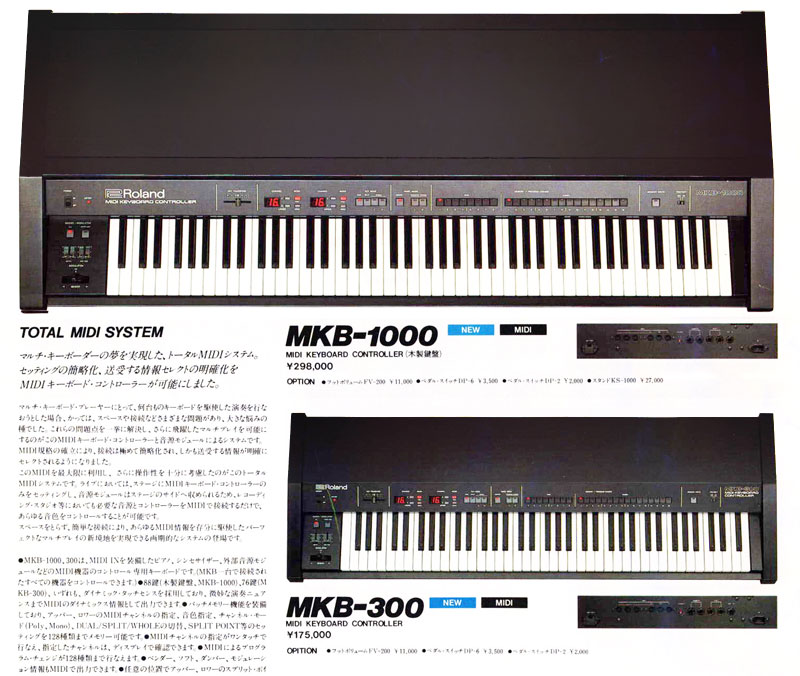
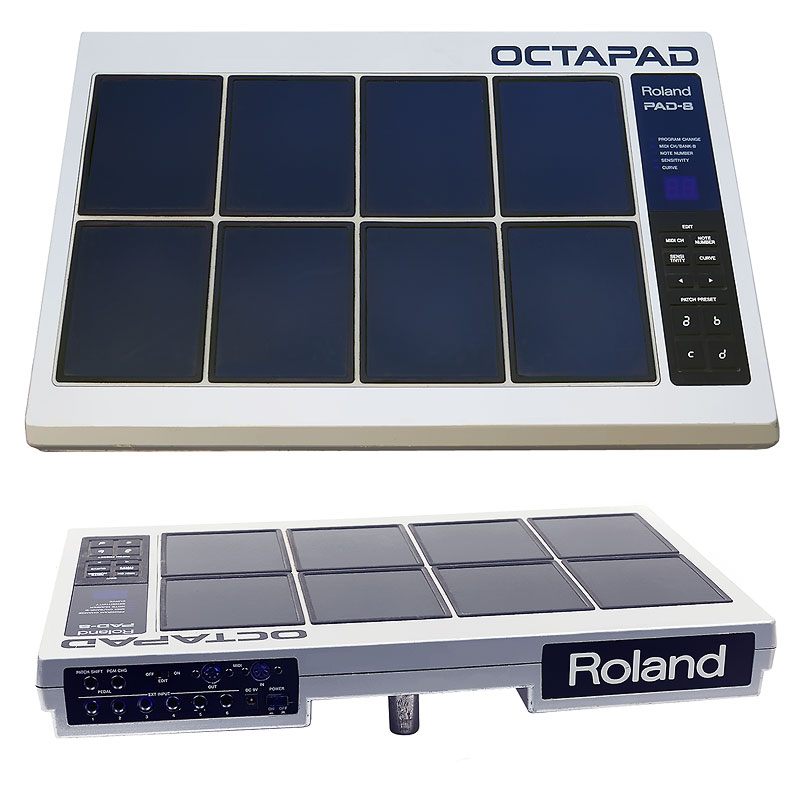
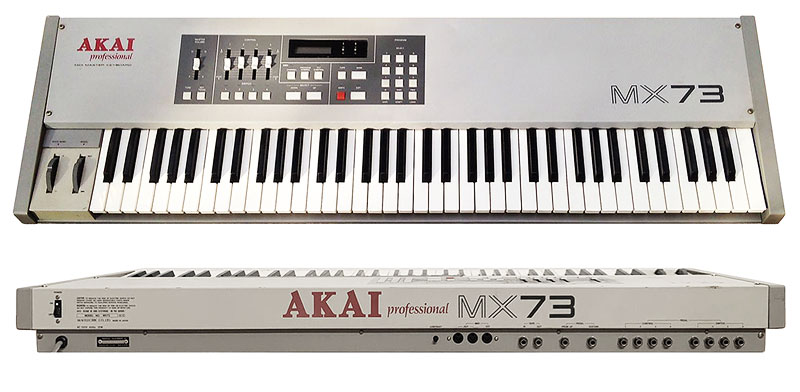
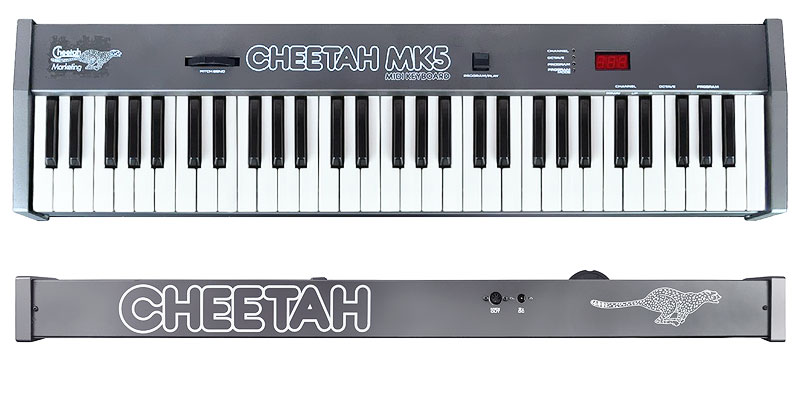
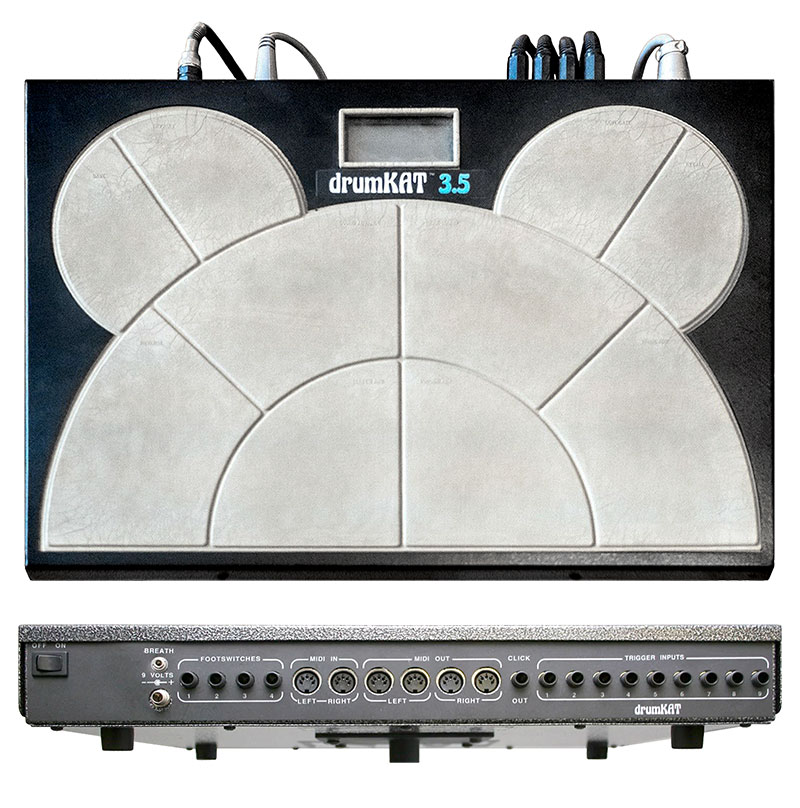
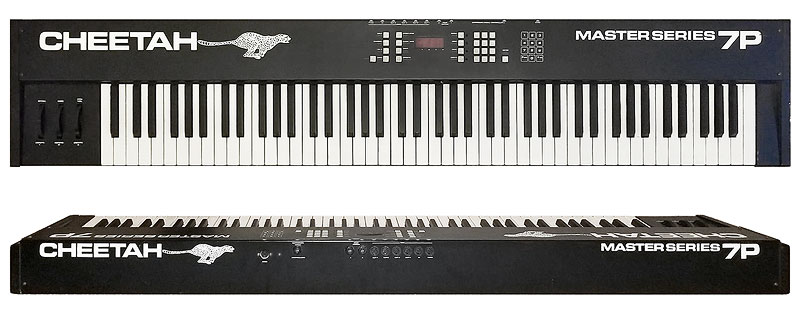
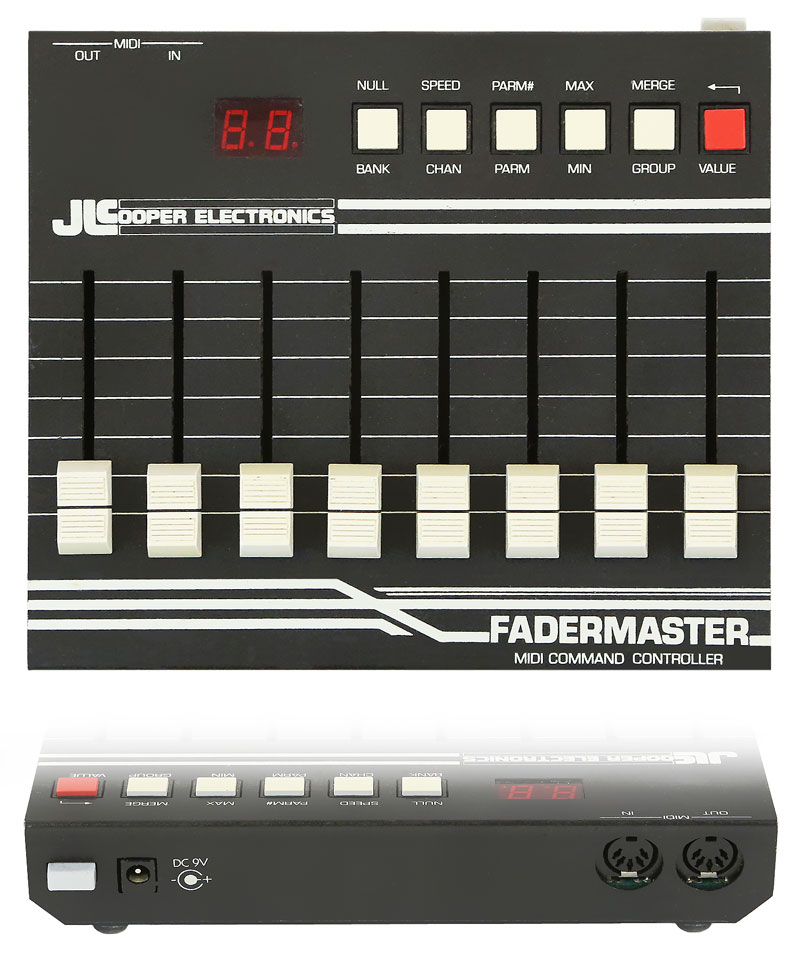
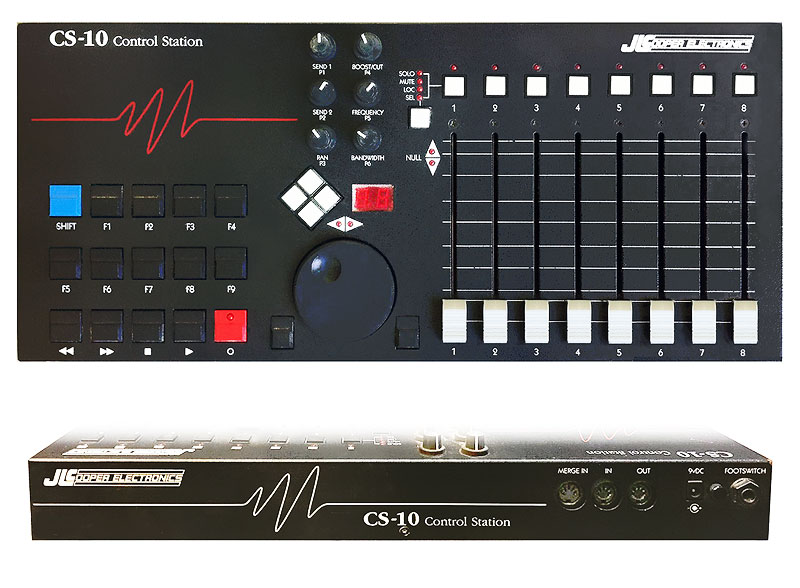

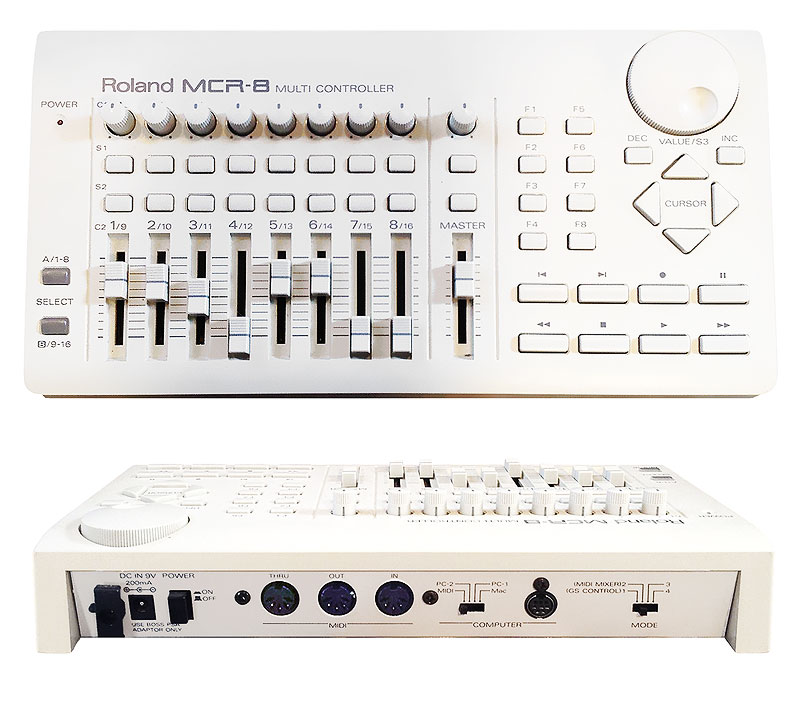
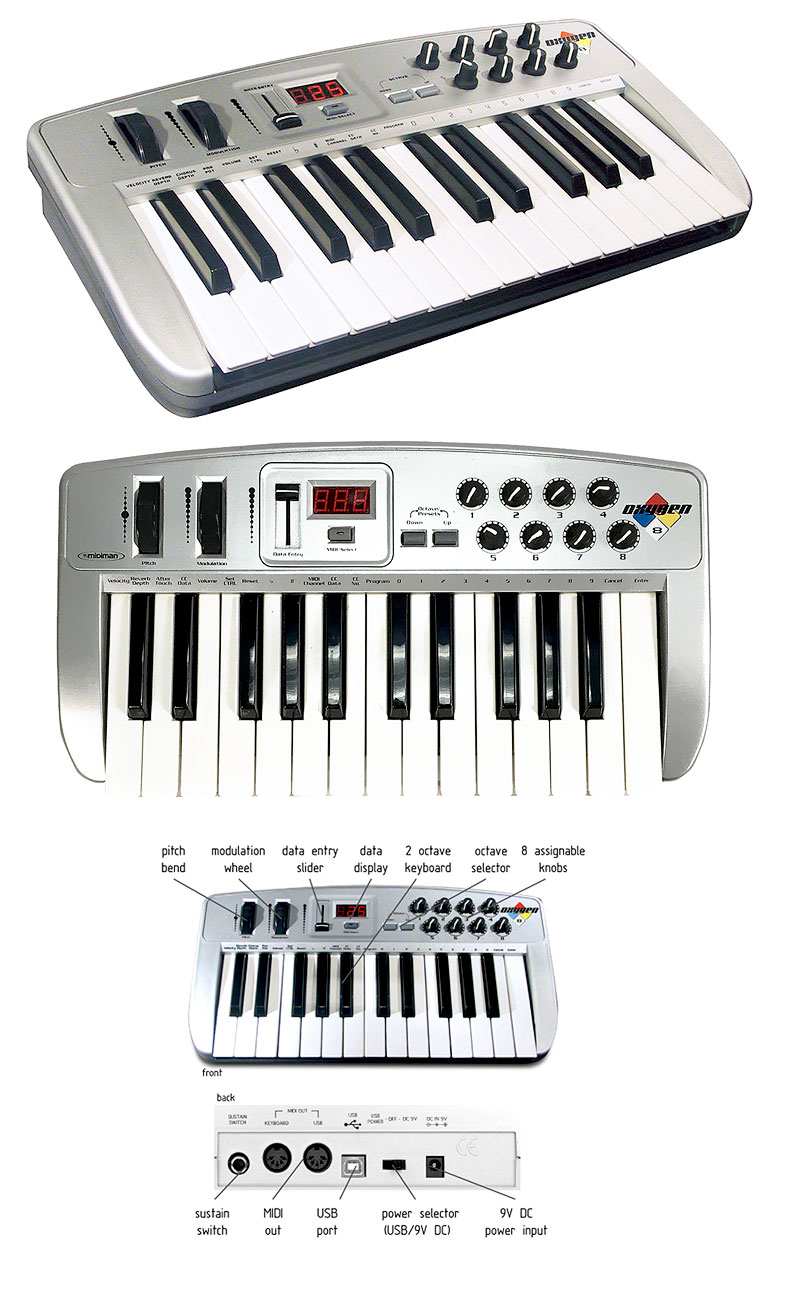
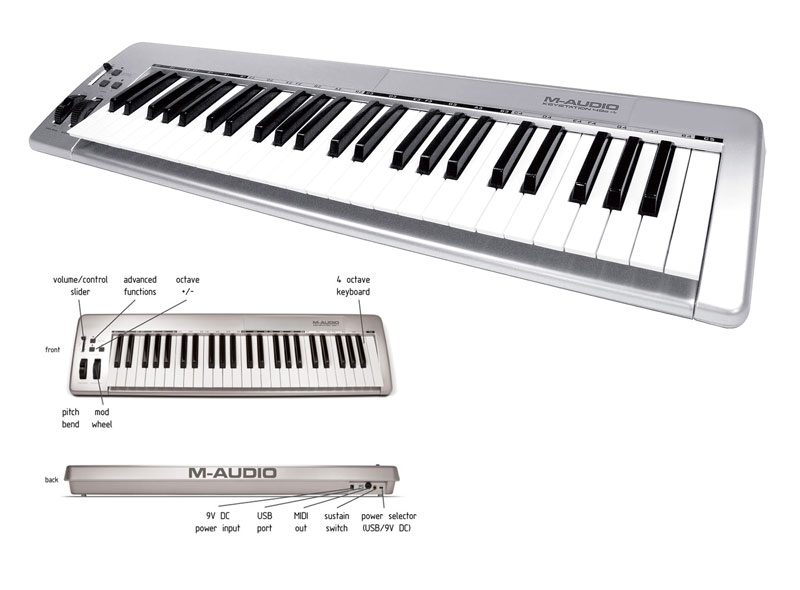
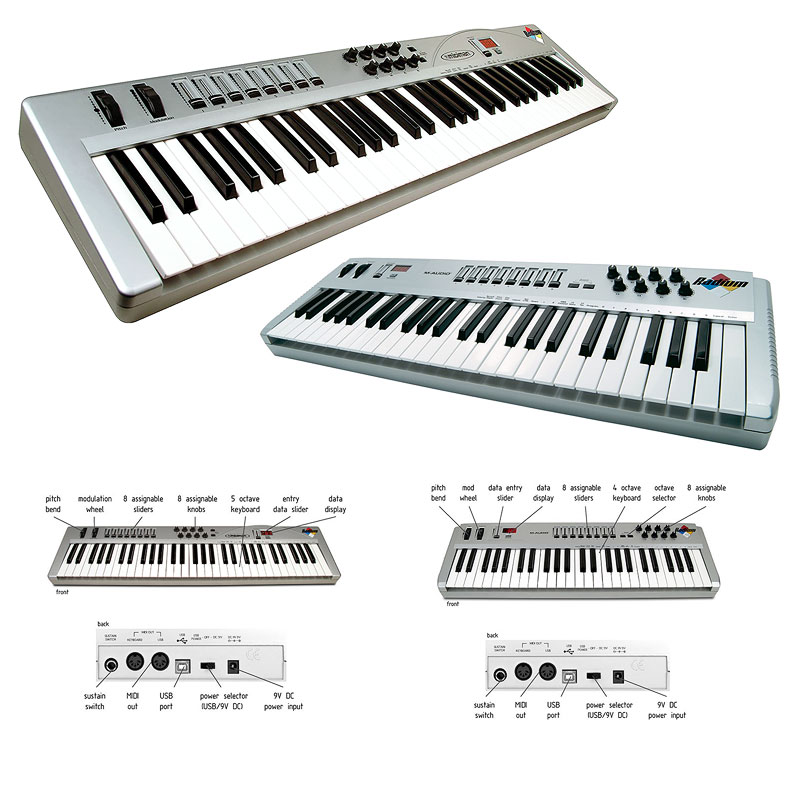

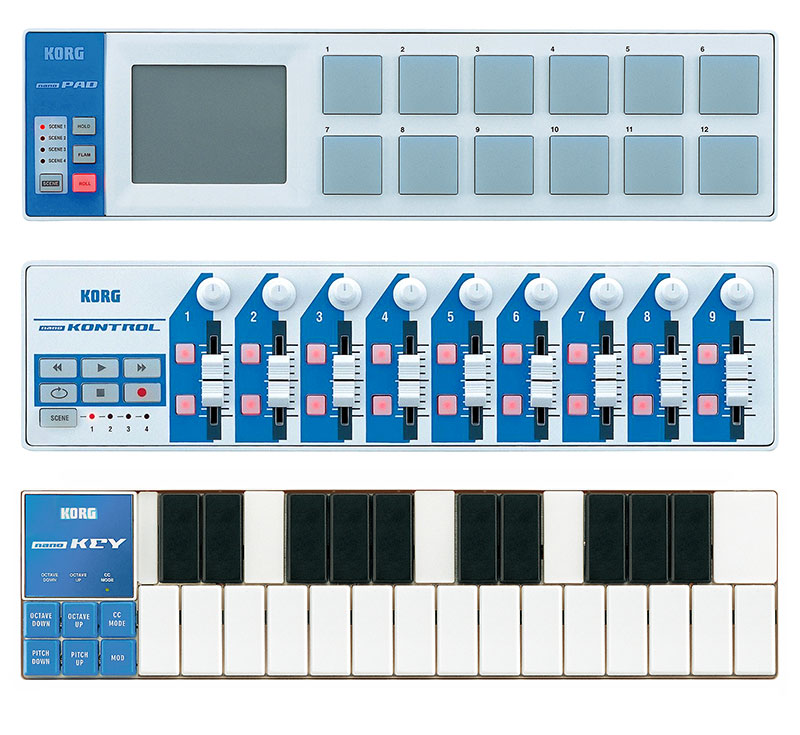

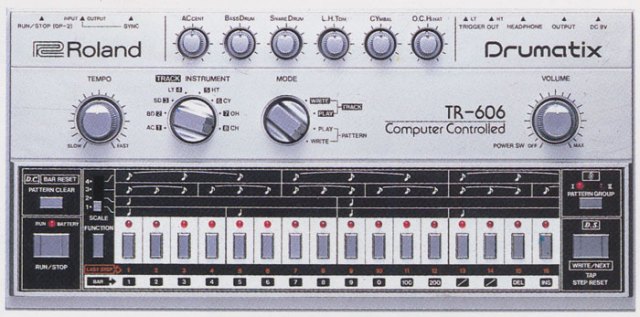
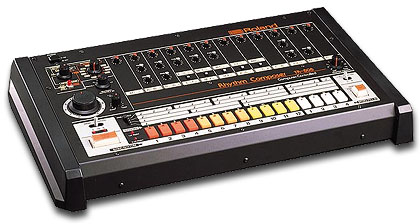
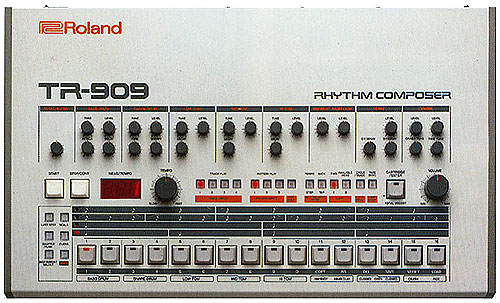
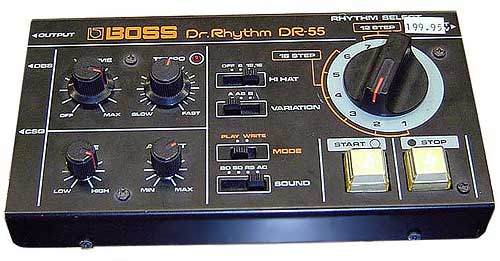
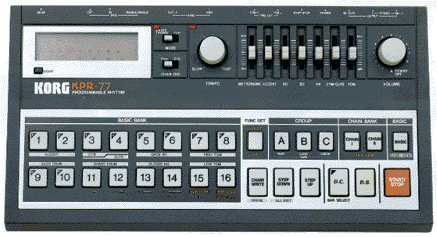


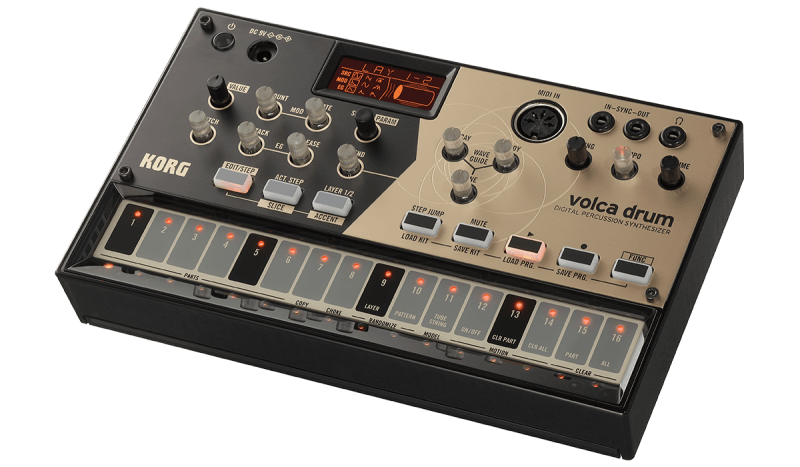
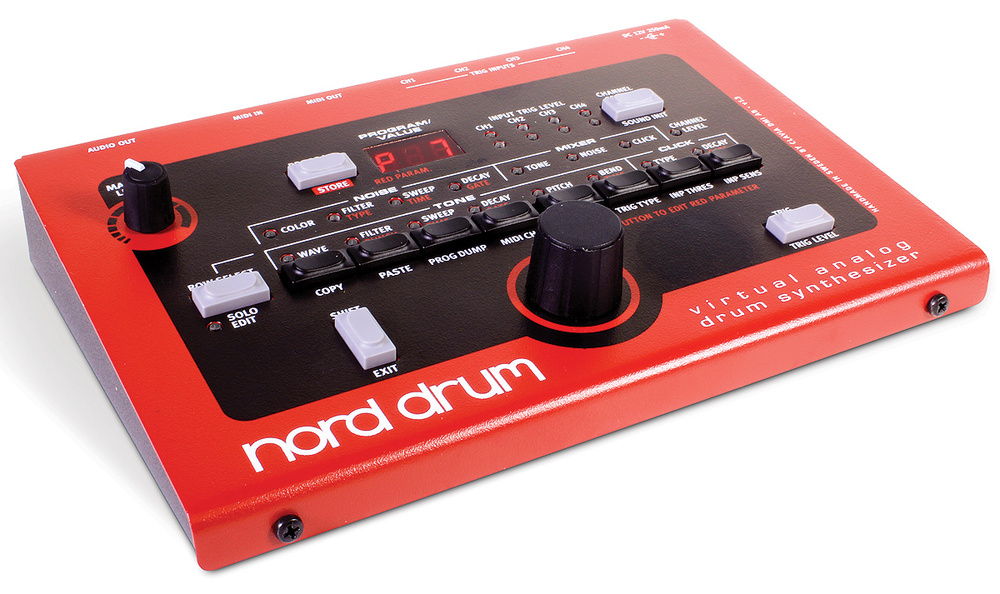
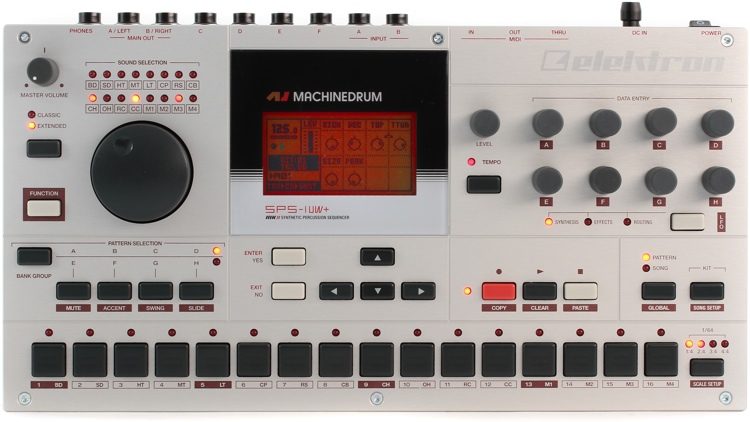
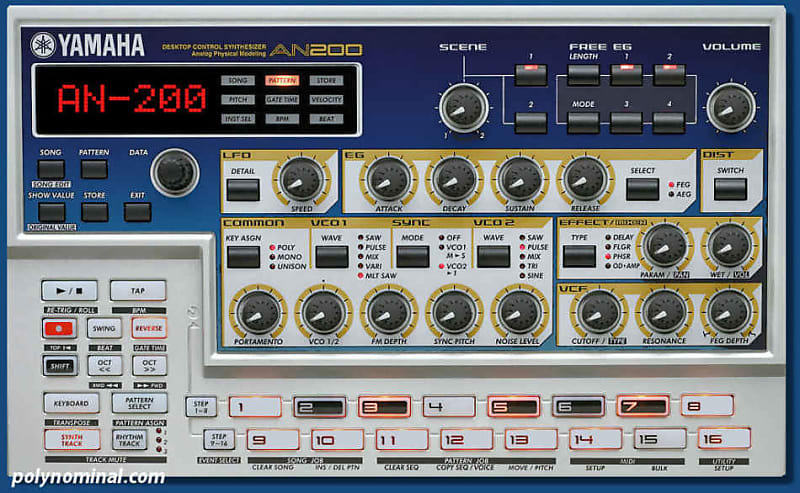

James
23-July-2020
Heading
Heading
Heading
Add a review or comment